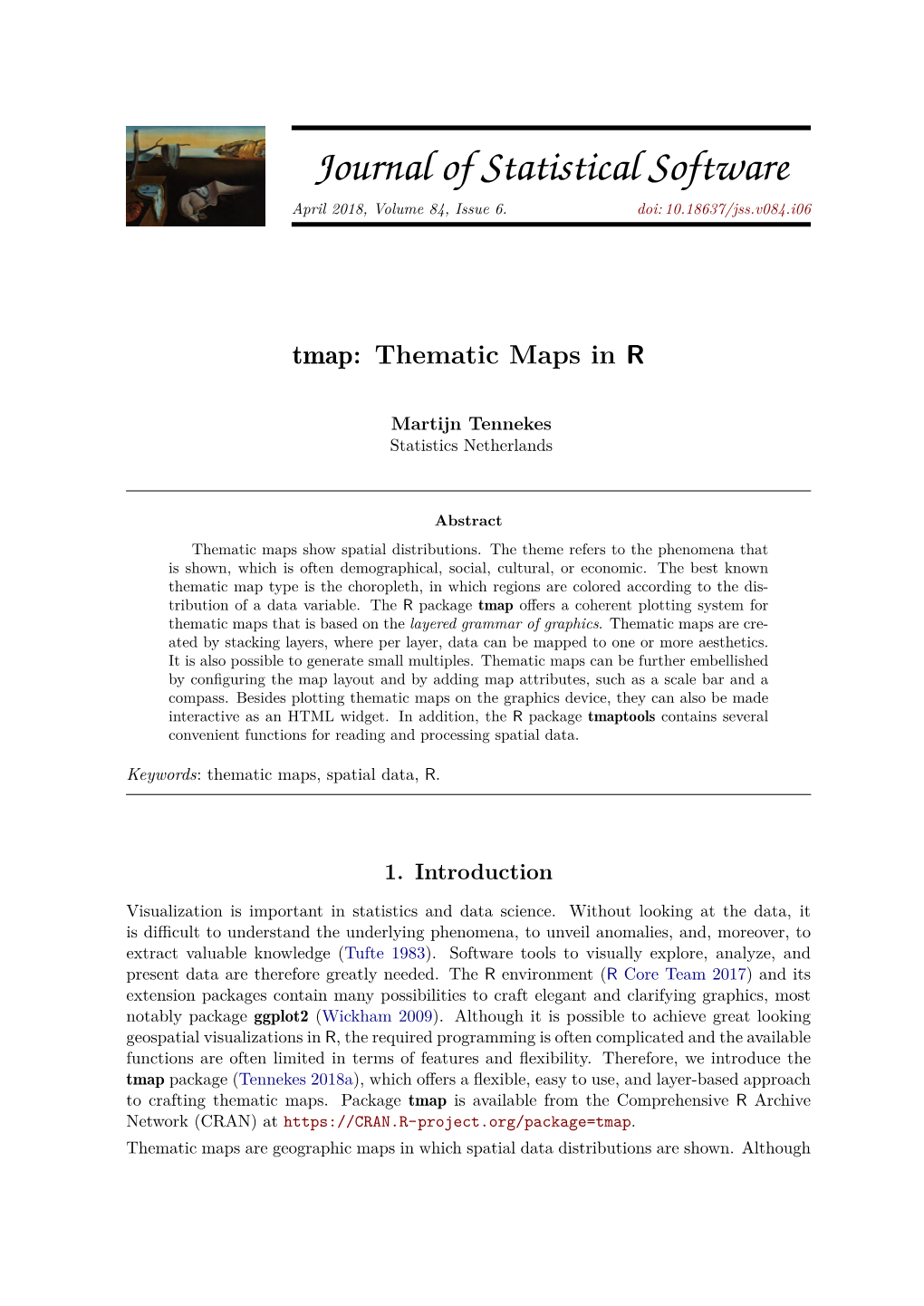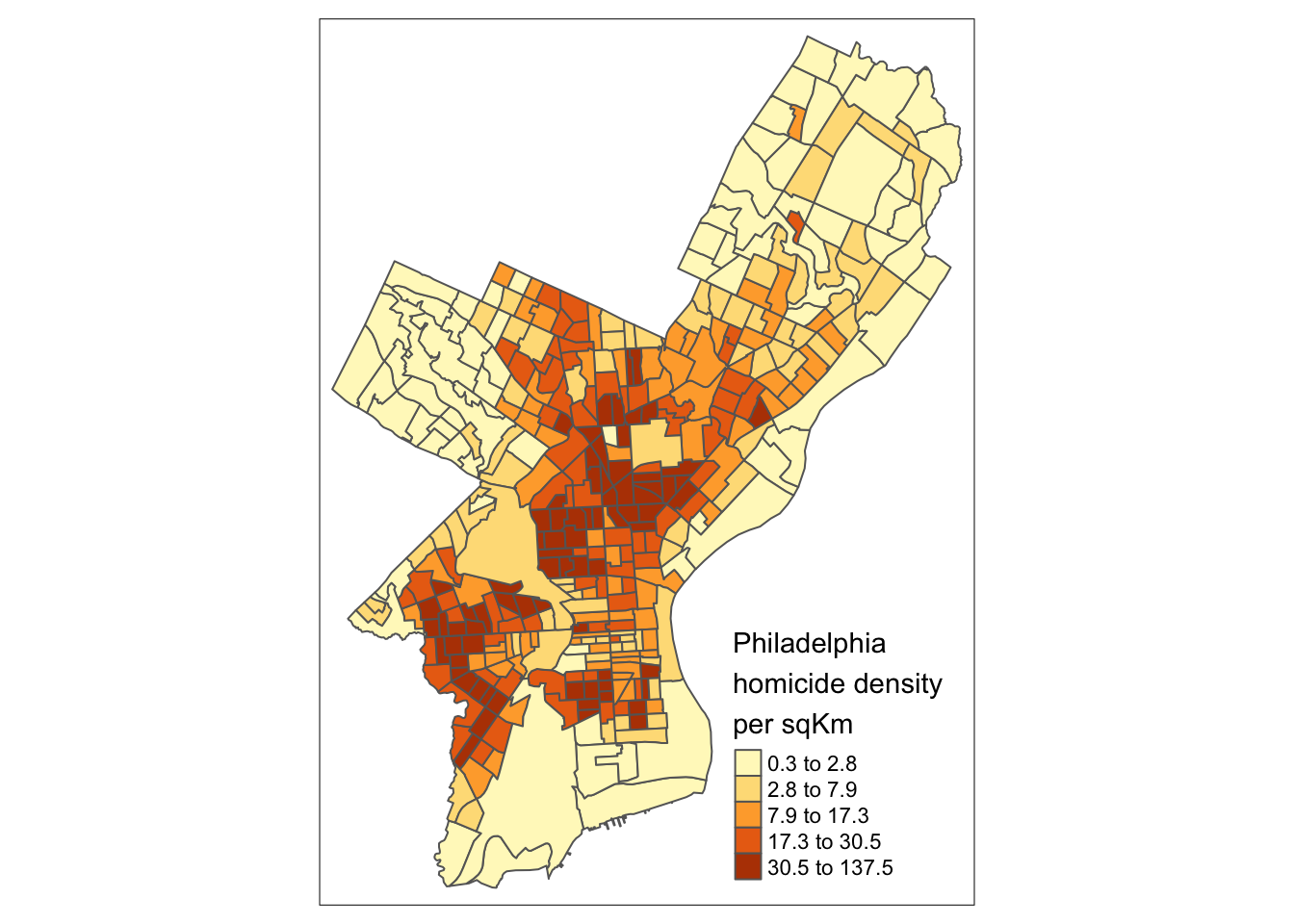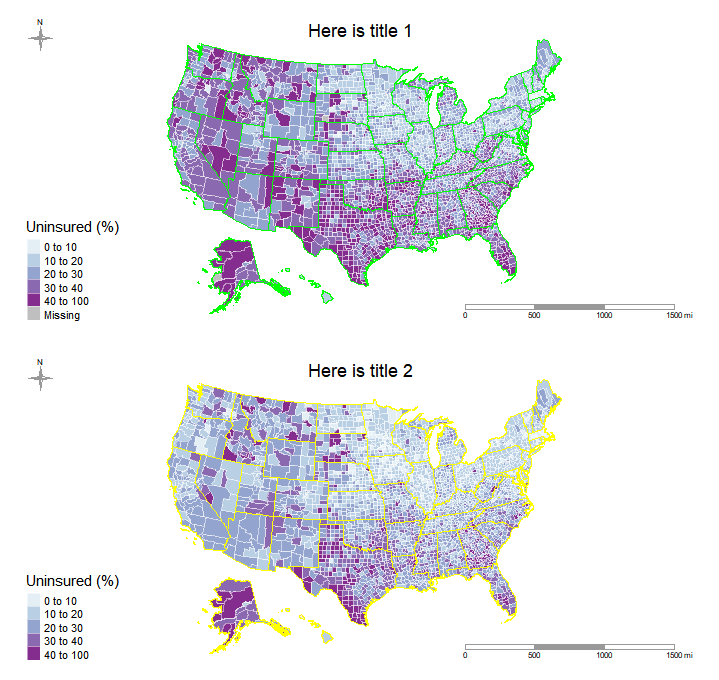Pmap In R. Instead use a shorthand anonymous function: # Instead of x Finding the mean, max, or median of certain variables is very straight forward. Rowwise Operations on Data Frames With purrr's pmap () Function in R Usually, we are working with columns in R. By default, the map family iterates along a list to be passed as the first argument of the function. We now generally recommend against using. to pass additional (constant) arguments to .f. The pmap () function in R is part of the purrr library, which is a package designed to make it easier to work with functions that operate on vectors, lists, and other types of data structures.

Pmap In R. See the modify () family for versions that return an object of the same type as the input. map_lgl (), map_int (), map_dbl () and map_chr () return an. Note that "parallel" as described in purrr is just saying that you are working with multiple inputs, and parallel in this case means that you can work on multiple. PMAP is listed in the World's most authoritative dictionary of abbreviations and acronyms The Free Dictionary Performance Management Appraisal Program. We now generally recommend against using. to pass additional (constant) arguments to .f. People's Movement Against Poverty (Philippines) PMAP. This function uses the following basic syntax: map(.x,.f) where:.x: A vector or list.f: A function; The following examples show how to use this function in different scenarios. Pmap In R.
Note that "parallel" as described in purrr is just saying that you are working with multiple inputs, and parallel in this case means that you can work on multiple.
Please note that this is a sample and I have vast data set.
Pmap In R. The map functions transform their input by applying a function to each element of a list or atomic vector and returning an object of the same length as the input. map () always returns a list. R These functions are variants of map () that iterate over multiple arguments simultaneously. The pmap () function is used to apply a function to a list of arguments, where each element in the list contains the arguments for a single function call. We now generally recommend against using. to pass additional (constant) arguments to .f. The map() function from the purrr package in R can be used to apply some function to each element in a vector or list and return a list as a result. This function uses the following basic syntax: map(.x,.f) where:.x: A vector or list.f: A function; The following examples show how to use this function in different scenarios.
Pmap In R.









